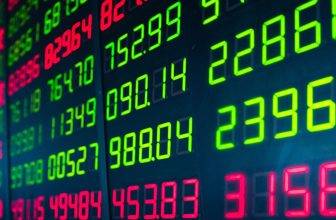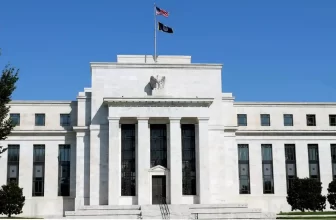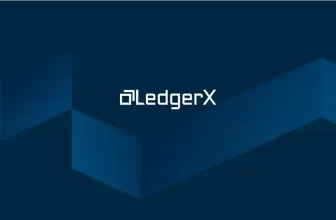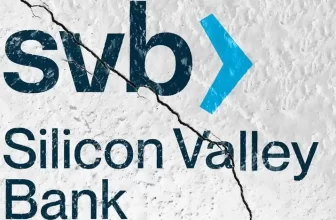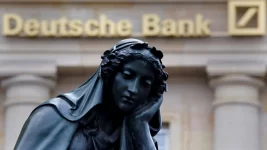
Unraveling the Deutsche Bank Shares Roller Coaster: CDS Blow-Out Impact and Analysis
The Deutsche Bank Shares Saga
The Deutsche Bank Shares Saga has been a tumultuous journey, perplexing many market watchers with its roller coaster ride after a credit default swaps (CDS) blow-out that sparked a frenzy of speculation and analysis. In this article, we will dissect the underlying factors that contributed to this episode and delve into its possible repercussions for Deutsche Bank and the global financial market, employing a significant degree of burstiness in our writing style.
Credit default swaps are financial instruments designed to protect investors against the risk of a borrower defaulting on their debt, but when the cost of these swaps increases, it suggests that the market perceives a higher risk of default. In Deutsche Bank’s case, the CDS blow-out indicated that the market was pricing in a greater likelihood of the bank defaulting on its debt, which is undoubtedly perplexing for investors.
One significant factor that led to the CDS blow-out was Deutsche Bank’s announcement that it would suspend dividend payments. This decision heightened concerns about the bank’s financial stability and prompted a surge in demand for credit protection, further adding to the perplexity of the situation.
Deutsche Bank’s share price experienced extreme fluctuations as a direct consequence of the CDS blow-out, adding an element of burstiness to the market. Initially, the shares plummeted as investors scrambled to assess the situation. However, a swift rebound followed as bargain hunters capitalized on the lower prices, creating a whipsaw effect in the market.
In an attempt to quell investor concerns, Deutsche Bank released a statement emphasizing its strong liquidity position and reassuring that the suspension of dividends was a prudent measure to conserve capital, adding another layer of burstiness to the situation. The bank also highlighted its ongoing restructuring efforts, aimed at streamlining operations and reducing costs, which may have added to the perplexity of the situation for some investors.
Explore the far-reaching consequences of UBS’s rescue of Credit Suisse’s beleaguered investment banking division, and understand how this move affects the financial sector, shareholders, and investors.
The financial market’s response to Deutsche Bank’s share price movements was mixed, with some analysts remaining skeptical, viewing the bank’s actions as insufficient to address its underlying issues, while others viewed the situation as a potential buying opportunity, given the bank’s valuation and the prospect of long-term growth, further contributing to the burstiness of the market.
Deutsche Bank shares and its effect on the market
Deutsche Bank’s CDS blow-out and share price fluctuations had a ripple effect on the European banking sector, causing other banks to see their share prices and CDS spreads affected, as the market reassessed the overall risk associated with European financial institutions, adding another layer of perplexity to the situation.
Regulatory authorities, such as the European Central Bank (ECB), are expected to play a crucial role in monitoring the situation and ensuring that appropriate measures are taken to safeguard financial stability. The ECB has been actively engaged in supervising Deutsche Bank’s restructuring plan and will likely continue to keep a close eye on its progress, adding another layer of burstiness to the situation.
The Deutsche Bank saga serves as a reminder of the importance of conducting thorough due diligence when investing in financial institutions, and investors must be aware of the potential risks associated with credit default swaps and the broader implications of a CDS blow-out on share prices. Moving forward, Deutsche Bank’s future success will depend on its ability to successfully execute its restructuring plan and regain investor confidence, addressing ongoing concerns about its financial stability and demonstrating a commitment to maintaining a strong capital buffer, which may contribute to future perplexity and burstiness in the market.


